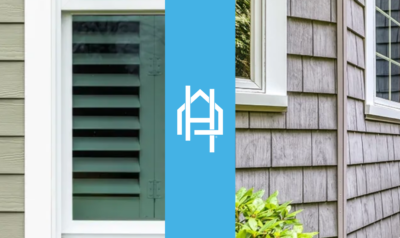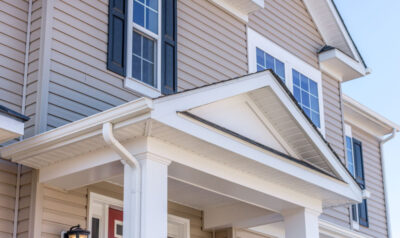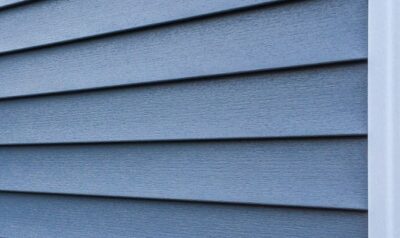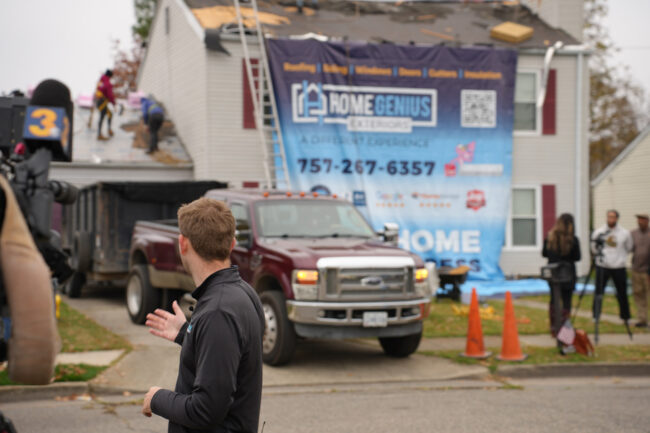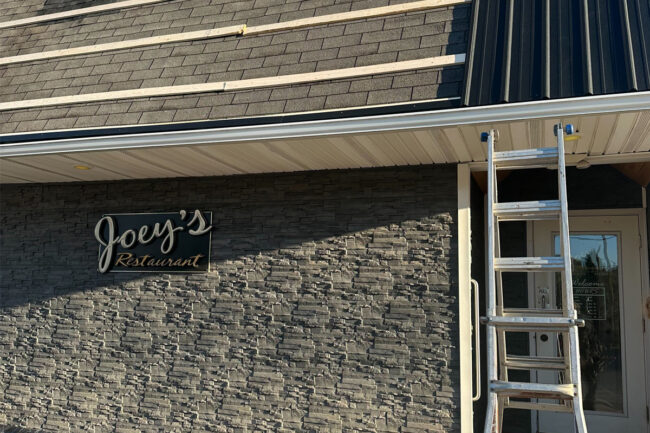How Long Does It Take To Replace Siding In Pittsburgh?
The typical timeframe to replace siding in Pittsburgh ranges from 4 to 10 days. However, several factors can influence the duration of the project. Understanding these variables can help homeowners plan accordingly and ensure a smooth installation process.
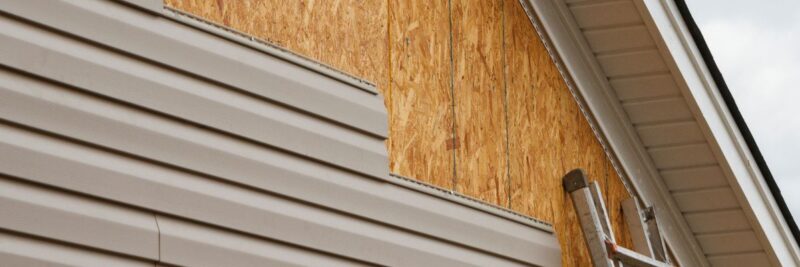
Factors Affecting Siding Replacement Time
Home Size and Complexity
The size and architectural complexity of a home play a major role in determining how long siding replacement will take.
- Smaller, single-story homes may take as little as 4 to 5 days to complete.
- Larger or multi-story homes with intricate architectural details can take up to 10 days or more.
- Homes with features like dormers, turrets, or multiple gables require additional time for precise siding application.
Choice of Siding Material
The type of siding material chosen directly impacts the speed of installation. Different materials have varying installation processes, which can affect the overall timeline.
- Vinyl Siding: One of the quickest materials to install, vinyl siding can typically be replaced in a shorter timeframe due to its interlocking panel system.
- Fiber Cement Siding: A durable and aesthetically pleasing option, fiber cement siding requires more time for cutting, caulking, and painting, extending the installation period.
- Wood Siding: While wood siding offers a timeless appeal, it requires additional steps such as priming, painting, and sealing, making the process longer than vinyl or fiber cement.
- Metal Siding: While less common, metal siding can have specialized installation requirements that may add extra time.
Weather Conditions in Pittsburgh
Pittsburgh’s unpredictable weather is a key factor in determining how long siding replacement takes.
- Rain and Snow: Wet conditions can delay work, as siding installation requires a dry surface for proper adhesion.
- Extreme Temperatures: Extremely hot or cold weather may cause material expansion or contraction, making precise installation more difficult.
- Wind Conditions: Strong winds can hinder safe installation, requiring contractors to pause work temporarily.
Contractors often monitor weather forecasts and adjust schedules accordingly to avoid unnecessary delays while ensuring quality installation.
Unforeseen Issues During Installation
During the siding removal process, contractors may uncover hidden damage that requires immediate attention. These issues can extend the timeline as additional repairs must be addressed before new siding is installed.
- Rot or Mold: Moisture trapped behind old siding can lead to rot or mold growth, requiring repairs before new siding can be applied.
- Structural Damage: Homes with compromised framing or insulation will need reinforcements, extending project completion time.
- Insect Infestation: If termites or other pests are discovered, pest control treatments may be necessary before proceeding.
Project Scope and Additional Work
The overall scope of work can also impact how long the siding replacement takes.
- Full Siding Replacement: Removing all existing siding and installing new materials takes longer than just replacing damaged sections.
- Partial Replacement or Repairs: If only a portion of the siding is being replaced, the project can be completed in a shorter timeframe.
- Additional Work: If homeowners request additional services, such as window trim, soffit, fascia replacement, or insulation upgrades, the installation time will increase accordingly.
Preparation and Planning Timeline
While the actual siding installation may take anywhere from 4 to 10 days, it’s important to consider the preparation phase, which can add another 1 to 2 weeks to the project timeline. This phase includes:
- Material Selection: Choosing the right siding material and color.
- Obtaining Permits: Depending on local regulations, securing necessary permits may take time.
- Ordering Materials: Some siding materials may require special orders, which can add to the waiting period.
- Scheduling Contractors: Homeowners may need to wait for an available installation slot, especially during peak seasons.
Tips for Ensuring a Smooth Siding Replacement Process
To minimize delays and ensure a seamless siding replacement, homeowners should consider the following tips:
- Choose the Right Contractor: Work with a reputable siding contractor – like Home Genius – who has experience with Pittsburgh’s climate and housing styles.
- Plan for Weather Delays: Be flexible with scheduling, as weather conditions can impact project timelines.
- Inspect Existing Siding Early: If possible, have a contractor inspect your current siding before the replacement to identify any potential hidden issues.
- Confirm Material Availability: Ensure that the siding material of choice is in stock to avoid delays in shipment.
- Discuss Additional Work in Advance: If you’re considering adding insulation or trim replacement, plan ahead with your contractor to account for the extra time needed.
Consult a Local Siding Contractor for an Accurate Estimate
Every home is unique, and factors such as design complexity, material choice, and unexpected repairs can influence the duration of a siding replacement project. For the most accurate estimate, homeowners should consult a trusted local siding contractor who can assess their specific home and project requirements.
Home Genius Exteriors specializes in high-quality siding installation tailored to Pittsburgh’s climate and architectural styles.
Contact Home Genius Exteriors today for a free consultation and expert guidance to ensure a smooth and efficient siding replacement process that enhances both the beauty and durability of your home!
